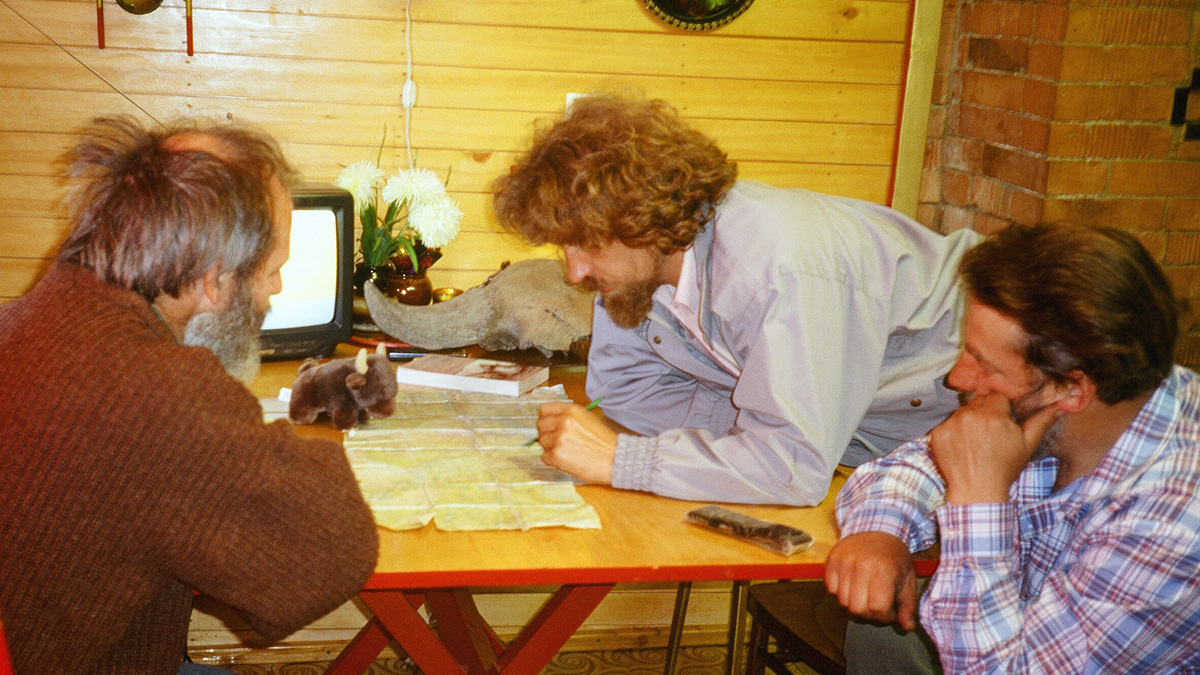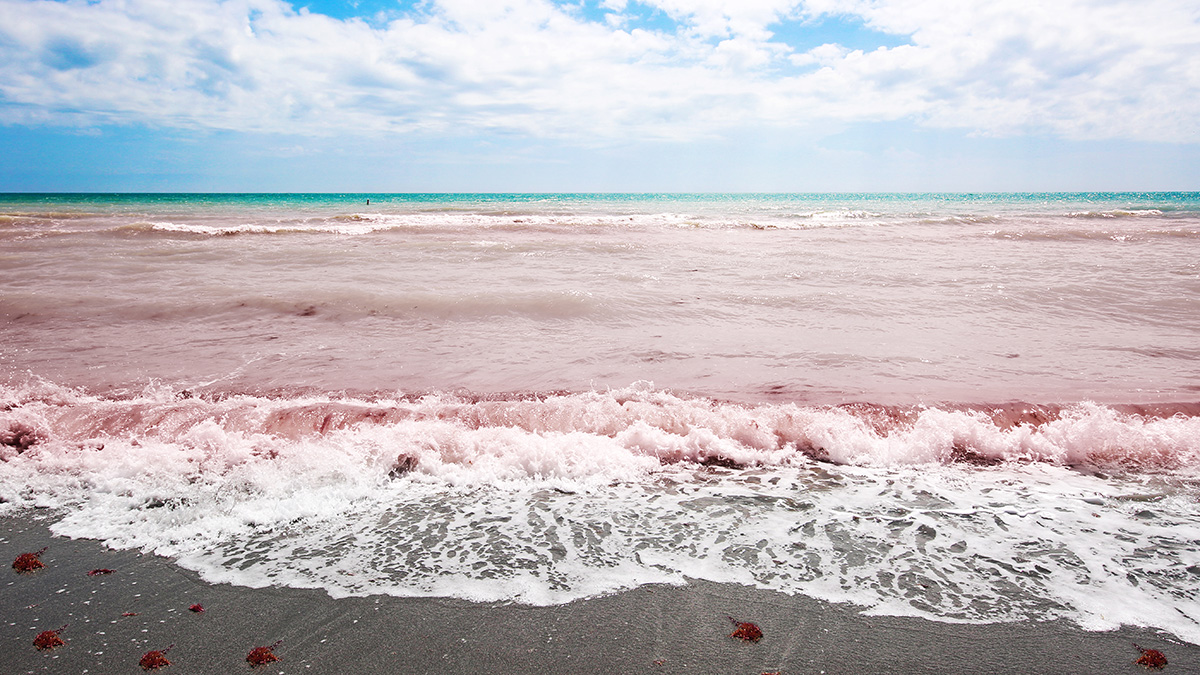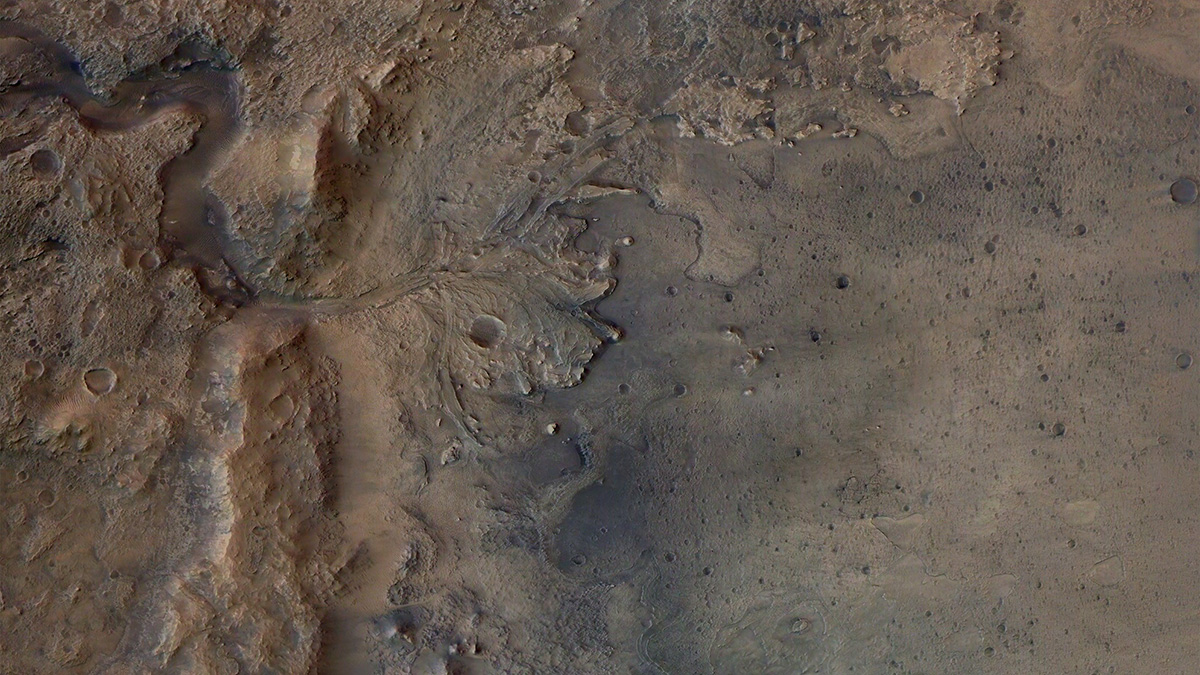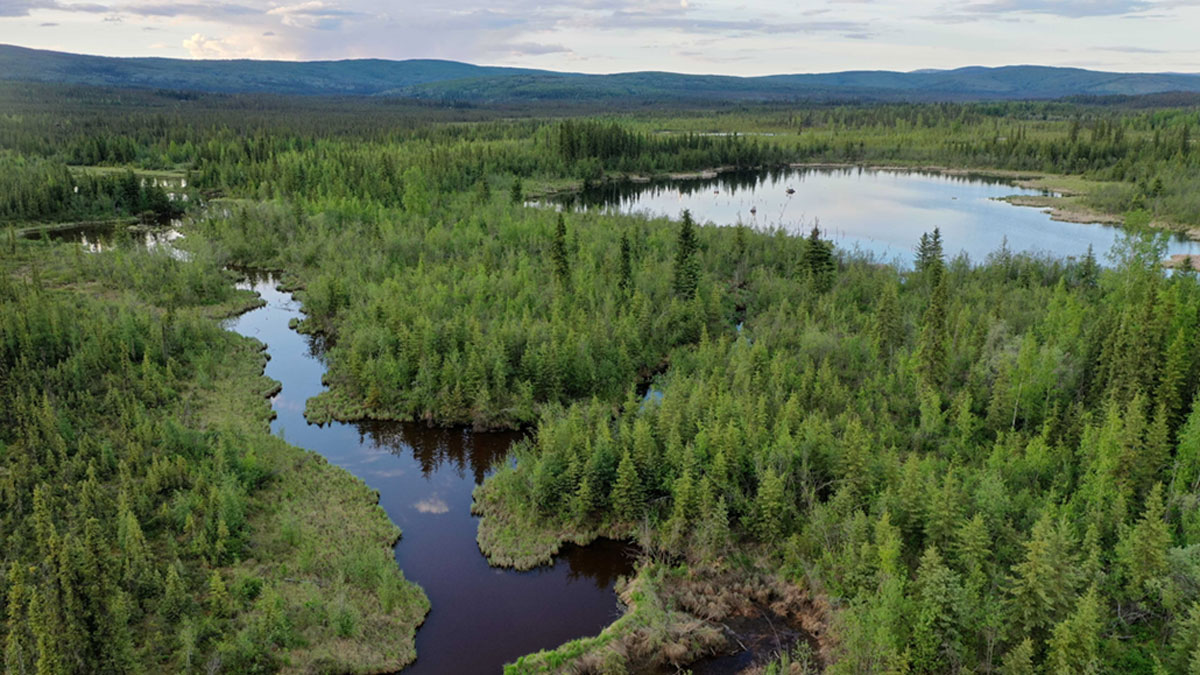A rare whole-lake experiment suggests that in some cases, low-oxygen conditions may have a smaller impact on methane release to the atmosphere than previously thought.
bacteria & microbes
Как необычная дружба разрушила мифы о вечной мерзлоте
“Прекрасные долгие споры” между американским ученым и российским исследователем помогли прояснить несколько фундаментальных предположений о таянии вечной мерзлоты.
Beavers Are Remaking Microbial Ecosystems in the Arctic
As beavers expand their range northward into the Arctic tundra, changes in bacterial, archaeal, and fungal communities appear to be following.
Florecimientos de algas nocivas: nada bueno, solo lo malo y lo feo
Diversos factores humanos y naturales están generando florecimientos de algas nocivas cada vez más frecuentes y prolongados. Estudios recientes han comenzado a revelar la magnitud del problema y nos informan sobre soluciones potenciales.
Ambidextrous Microbes May Pump Out CO2 as Temperatures Rise
Certain microbes that engage in both photosynthesis and predation are more likely to do the latter as the planet warms, resulting in a net release of carbon dioxide.
Solar Panels Nurse Desert Soil Back to Life
Cultivating delicate soil crust in the shade of solar panels might boost the recovery of arid land.
Applying Algal Geometry to Past and Future Environments
Math can be fun when reconstructing the ocean’s past and forecasting the future with algal geometry.
La presión del océano profundo tiene un aplastante impacto en el ciclo del carbono
La presión extrema que existe en el mar profundo reduce el apetito de los microorganismos por carbono orgánico. Este hallazgo podría tener implicaciones importantes en la geoingeniería y el balance de carbono global.
(Probablemente) No podremos decir si Marte tiene vida
Los equipos de última generación no siempre pueden identificar la vida que habita en los lugares más parecidos a Marte en la Tierra, lo que hace que los científicos se pregunten cómo se se podría hacer mejor en el Planeta Rojo.
Hunting for Methane Hot Spots at the Top of the World
A visit to an Alaskan wetland with some of the world’s highest lake marsh methane emissions brings scientists one step closer to understanding the phenomenon.










